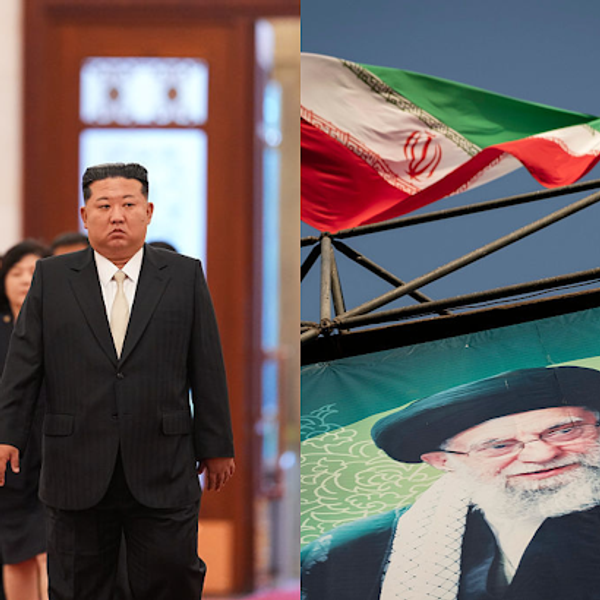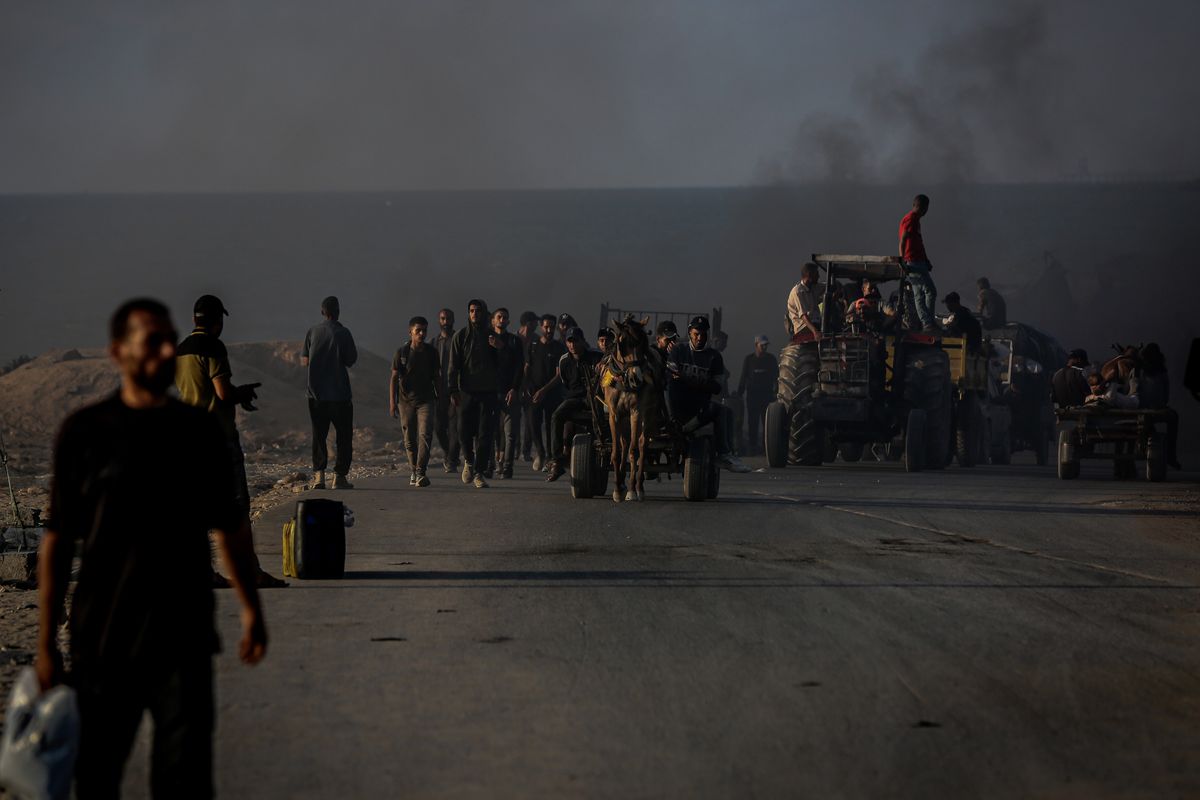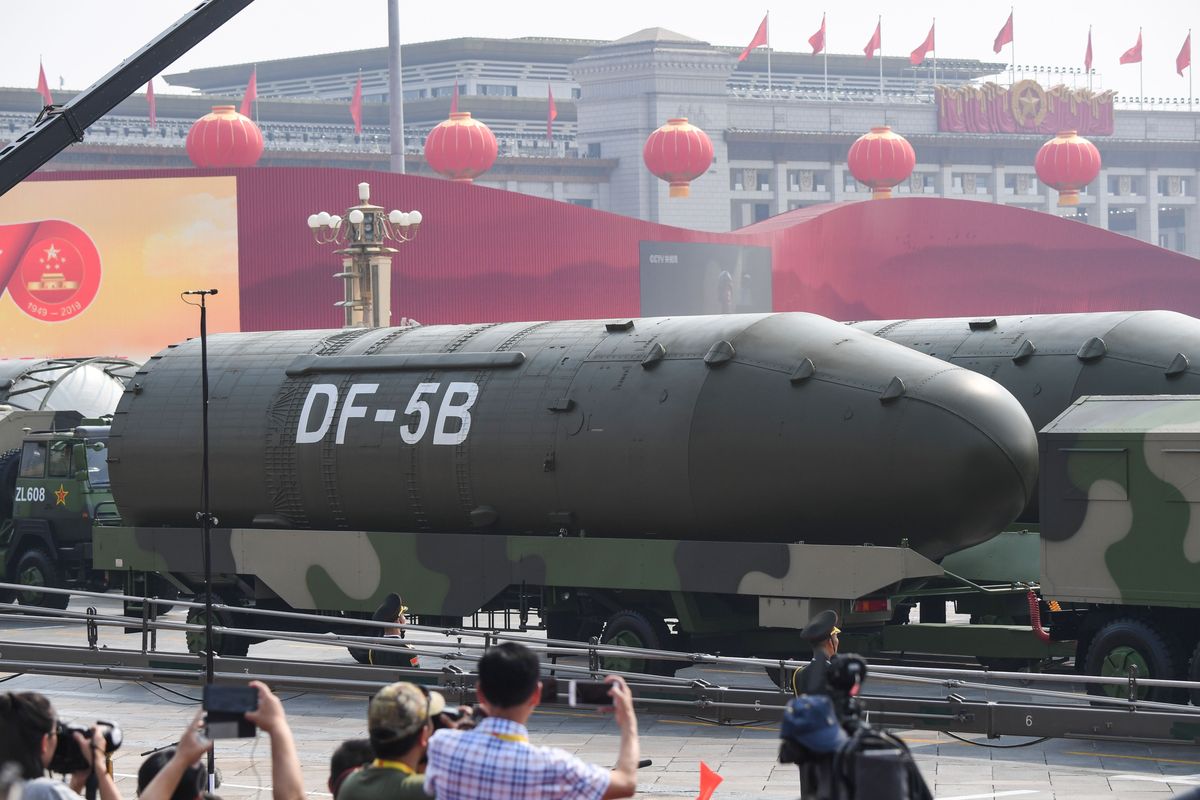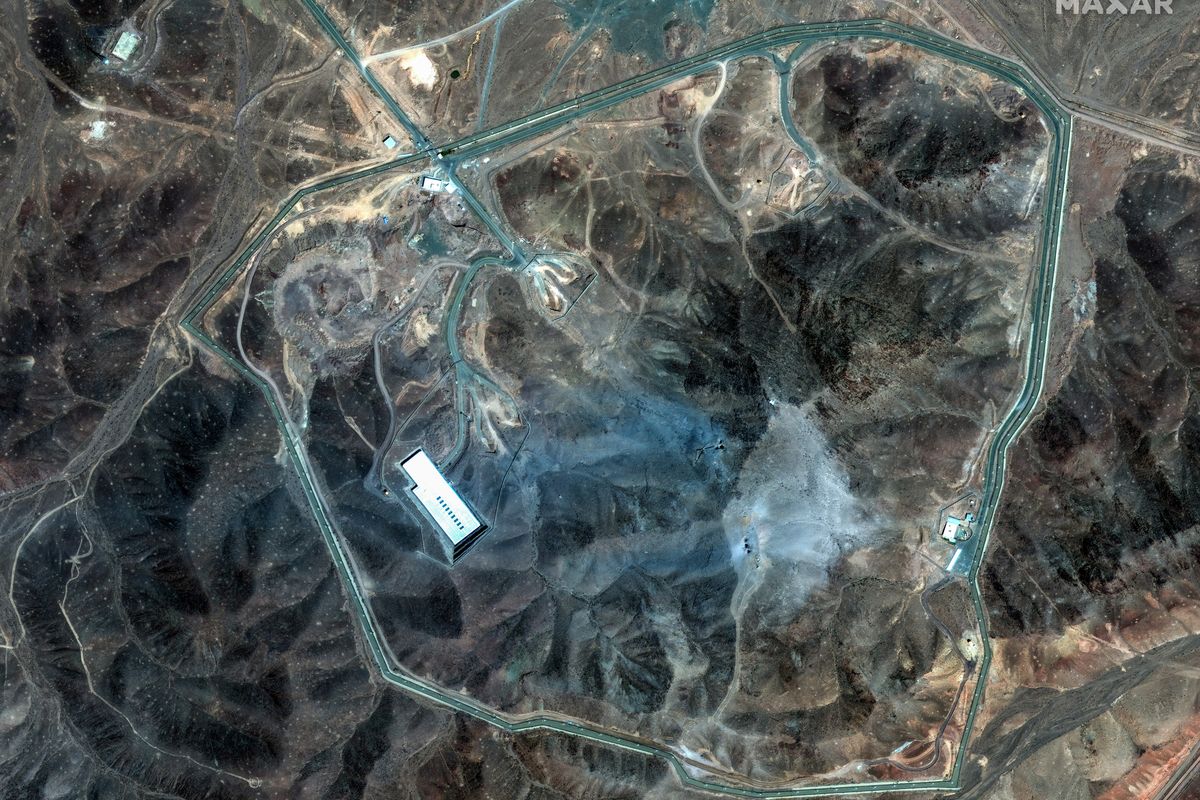OPINION — Buried in the 2,165 pages of the National Defense Authorization Act (NDAA) for Fiscal Year 2022, scheduled to come up for a vote on final passage in the Senate this week, are two provisions that relate to U.S. nuclear testing in the Marshall Islands that took place over 70 years ago.
Between 1946 and 1958, the U.S. held sixty-seven nuclear tests on Bikini and Enewetak Atolls in the Marshall Islands that helped create the U.S. thermonuclear weapons that have preserved the peace in the post-World War II years among major powers.
At the same time, however, the American tests made uninhabitable several Marshallese islands and also affected the health of the exposed Marshallese people of that time, forever changing their lives.
The largest U.S. test, Bravo on March 1, 1954, a thousand times more powerful than Hiroshima, led to hours of radioactive fallout on Marshallese atolls from 100 miles to 300 miles from the detonation. For at least two days, 253 Marshallese lived exposed to the fallout before being evacuated. Ever since, the exposed people - there are 77 still alive - have been examined annually by doctors in a U.S. government-financed program that takes care of their health, but also gains useful data on the effects of low-level radiation on humans.
I know. I just published a book, Blown To Hell, America’s Deadly Betrayal of the Marshall Islanders, which not only describes the American tests, but also what has happened since to the Marshallese and their islands.
The Cipher Brief hosts private briefings with the world’s most experienced national and global security experts. Become a member today.
One amendment in the fiscal 2022 legislation calls for studying the feasibility of declassifying additional U.S. government materials “relating to nuclear weapons, chemical weapons, or ballistic missile tests conducted by the United States in the Marshall Islands.”
The other amendment requires the Energy Department to conduct a study on “the impacts of climate change on the Runit Dome nuclear waste disposal site” in Enewetak Atoll that contains plutonium and other radioactive waste gathered during the 1979 cleanup of three islands in that atoll where Marshallese are now living.
These studies are relevant today because they could have an effect on upcoming Biden administration negotiations with the Republic of the Marshall Islands (RMI). The U.S. 35-year-old Compact of Free Association with the RMI, which gave the latter its independence, runs out in 2023.
Extension talks with the Trump administration, which started in 2019, stalled because then-American negotiators did not want to make the nuclear legacy, and additional funding from the U.S., part of the talks.
On October 20, Secretary of State Antony Blinken said, “Through ongoing [Compact] negotiations with the Marshall Islands, we seek to strengthen our enduring partnership.”
The conference version of the fiscal 2022 NDAA also includes a variety of other provisions that will have impacts on U.S. nuclear weapons programs that are worth public discussion.
For example, one provision deals with the controversial W-76-2, the low-yield nuclear warhead developed for the strategic sub-launched Trident D-5 ballistic missile. Approximately 50 W-76-2 warheads were built, and some are reported to be deployed on American strategic submarines actually on operational patrols.
This low-yield warhead, with a roughly five kiloton yield, was built as a response to the threat that Russia or some other nuclear power would use a low-yield tactical nuclear weapon on a battlefield. It theoretically gave the U.S. a response without using a much more powerful weapon.
The NDAA language prohibits retiring W-76-2 warheads, reconverting them back to full strength W-76 warheads that have a roughly 90 kiloton yield.
It does provide a waiver if the National Nuclear Security Administrator, after consultation with the Defense Secretary, Chairman of the Joint Chiefs and Director of National Intelligence, certifies that neither Russia nor China posses such a naval nuclear weapon or “the Department of Defense does not have a valid military requirement for the W76–2 warhead.”
First of all, there is a currently available response to a Russian low-yield weapon – the B-61 tactical nuclear bomb which has a dial-a-kiloton yield as low as five kilotons or ever lower. In addition, I will bet the Biden Nuclear Posture Review, expected early next year, will take care of the second waiver element by saying the W-76-2 is not needed as part of the American nuclear arsenal.
The bill continues to have a provision that prevents the Defense Department from “reducing, or
preparing to reduce, the responsiveness or alert level of the intercontinental ballistic missiles of the United States during fiscal year 2022,” or from “reducing the number of intercontinental ballistic missiles of the United States below 400.”
This year, the NDAA also reflects new congressional concern over China’s ICBM activity by requiring the Commander, U.S. Strategic Command, to notify the congressional defense committees when he determines the number of intercontinental ballistic missiles or missile launchers in China’s active inventory exceeds those of the United States, or that the number of warheads equipped on such missiles exceeds the number equipped on those of the United States.
The bill extends to 2025, a past requirement that the Secretary of Defense submit a net assessment to the congressional defense committees “whether any proposals by the President to reduce the size of the U.S. nuclear weapons stockpile would result in the size of the U.S. stockpile becoming a number less than that of the intelligence community's high-confidence assessment of the size of the Russian Federation's and the People's Republic of China's nuclear weapons stockpiles.”
That provision would not apply if the reductions were related to reductions associated with an arms control treaty that had been approved by the Senate.
The new NDAA also deals with the recent disclosure that past Presidents since Richard Nixon had refused invitations to participate in strategic nuclear deterrence exercises. The one exception has been President Jimmy Carter, who had a nuclear background while in the Navy.
Go beyond the headlines with expert perspectives on today’s news with The Cipher Brief’s Daily Open-Source Podcast. Listen here or wherever you listen to podcasts.
The House Armed Services Committee had originally added an amendment to the fiscal 2022 NDAA that required the President “to participate in at least one large-scale nuclear command, control, and communications exercise within the first year of assuming office, per term, and would include waiver authority on a case-by-case basis.”
After subsequent changes, the final 2022 NDAA requires “involvement from a number of senior civilian and military officials in nuclear command, control, and communications exercises, as well as the decision making with respect to them.”
As for the President, the new provision requires the President only to be briefed “on the exercise during fiscal years 2022 through 2032 and add[s] whether the President was briefed on the exercise to the matters included in the report.”
It would be interesting to know why those changes were made.
Another provision establishes an Atomic Veterans Commemorative Service Medal that would direct the Secretary of Defense, “to design and produce a commemorative military service medal to commemorate the service and sacrifice of veterans who were instrumental in the development of our Nation’s atomic and nuclear weapons programs.”
The measure encourages the Defense Secretary “to take a broad and inclusive view of the pool of individuals who may be eligible for this commemorative medal.”
On a lighter note, the bill directs the Air Force Secretary “to establish a mission-design series popular name for the Ground-Based Strategic Deterrent not later than 30
days after the date of the enactment of this Act.”
In other words, is the new ground-based intercontinental ballistic missile going to be Minuteman IV or Peacekeeper II, or something brand new?
Read more expert-driven national security insights perspective and analysis in The Cipher Brief
The Cipher Brief may receive a small commission from books published through our links











